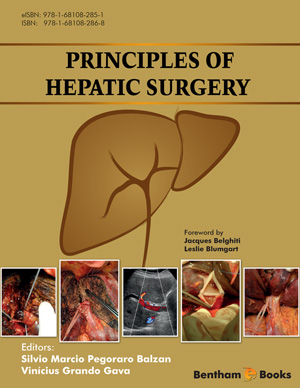Abstract
• The function and the volume of the residual liver should be assessed prior to a hepatectomy. Combinations of imaging and blood samples are currently used to assessliver function but no optimal screening for liver injury exists. Thus, pre-resection biopsy may be indicated in selected cases. Volumetry based on imaging is used to estimate residual liver volume and can be used for treatment decision. Volumetry before and after portal vein embolization (PVE) also reveals the regenerative potential, a marker of underlying liver injury.
• Cirrhosis, a common finding in patients with primary liver malignancies, limits the extent of resection. Preoperative chemotherapy may cause different types of liver injury associated with adverse outcome events after liver resection.
• Non-alcoholic fatty liver disease (NAFLD) is associated with the use of irinotecan-based chemotherapy and features of metabolic syndrome. Sinusoidal liver injury occurs in 19-50% after preoperative treatment with oxaliplatin-based chemotherapy, and is associated with increased postoperative morbidity. Bevacizumab has oncological benefits in the treatment of colorectal liver metastases when administered together with oxaliplatin, and protects against oxaliplatin-induced sinusoidal injury.
• Regarding the volume of the future liver remnant (FLR), the following are suggested:>40% in patients with cirrhosis; >30% in patients who receive more than three months of preoperative chemotherapy; >20% in the normal liver.






















